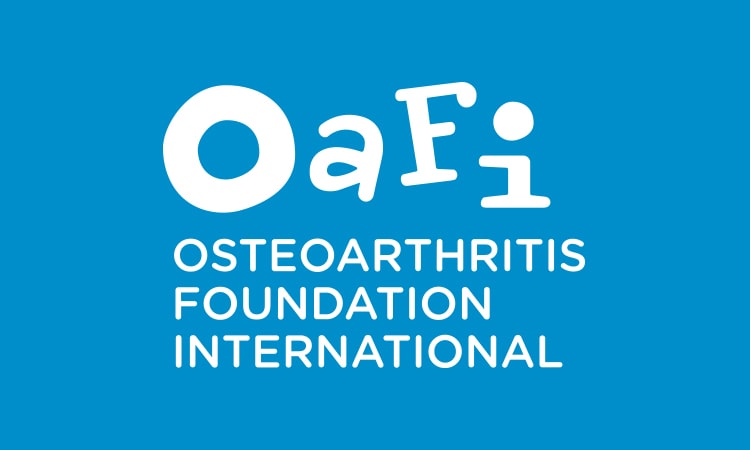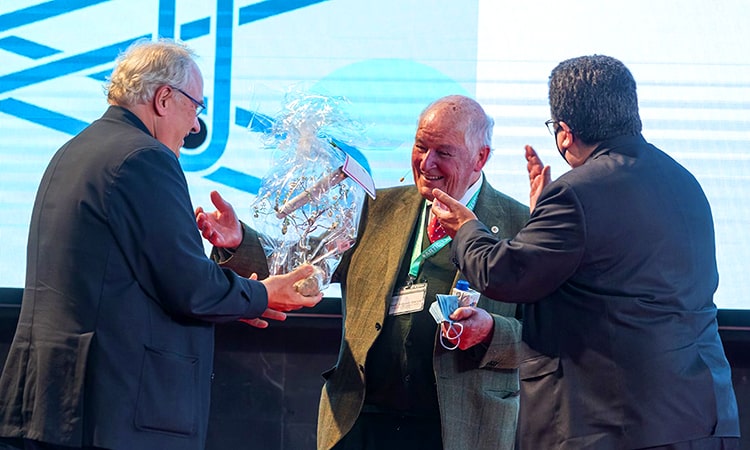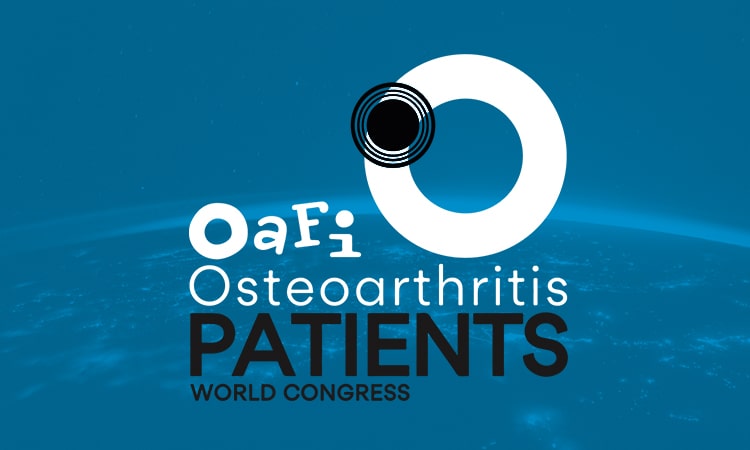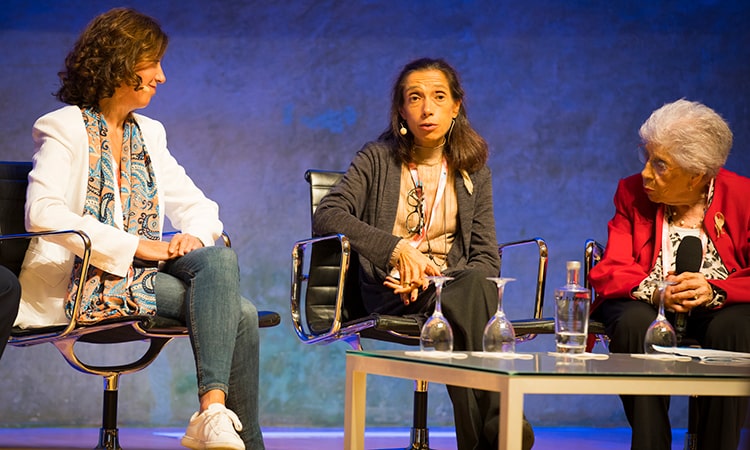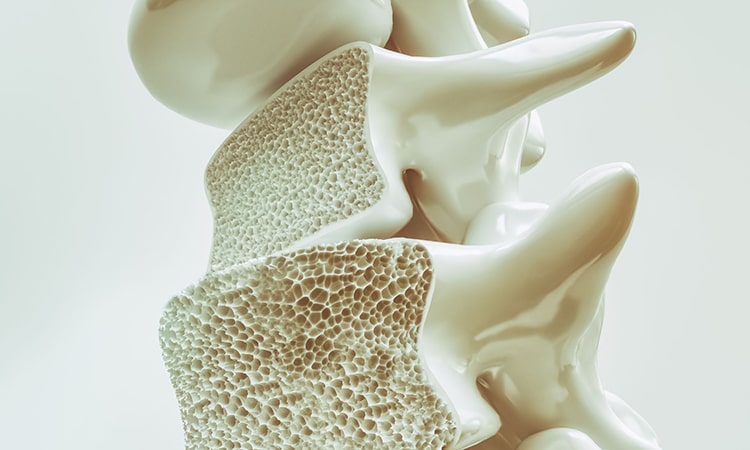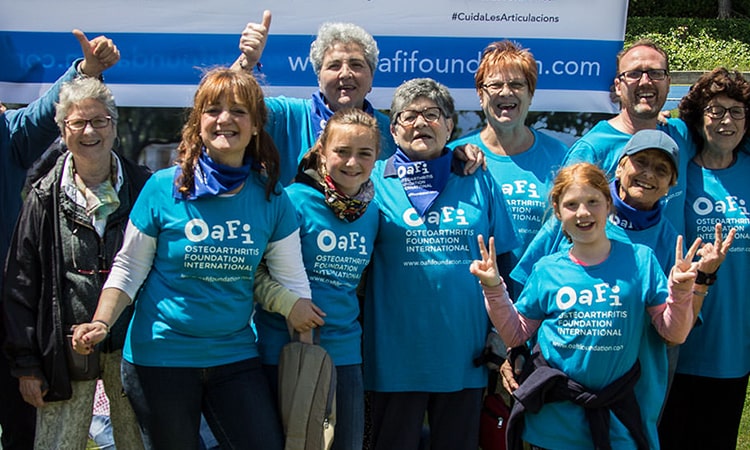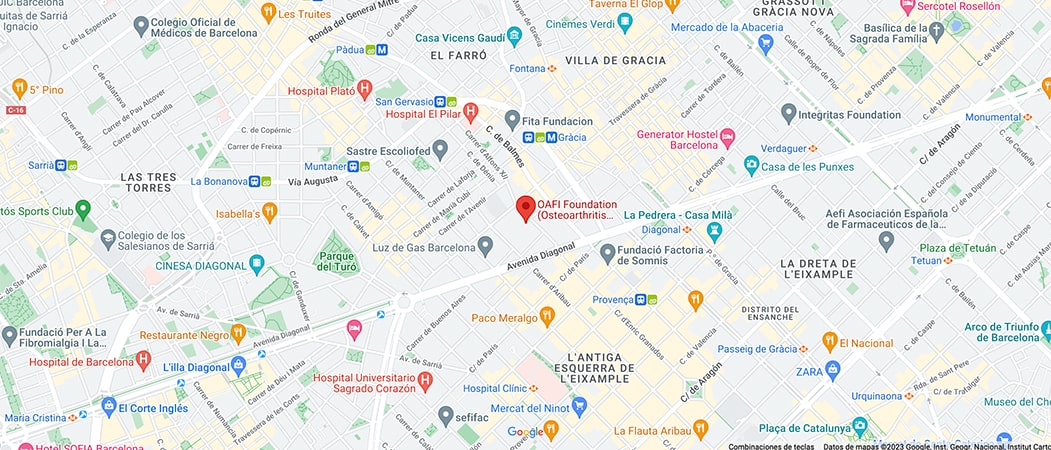- Foundation
- Actions
- Osteoarthritis
- Osteoporosis
- Actuality
- OAFI Radio/TV
- Get Involved
- Contact
-
-
-
OAFI
Osteoarthritis International FoundationC/ Tuset, 19 · 3º 2ª
08006 Barcelona
(+34) 931 594 015
info@oafifoundation.comSchedule:
Monday-Thursday 9AM-6PM
Friday 8AM-3PM
-
-
-

-

-

MOTHERHOOD AND OSTEOPOROSIS
During pregnancy and breastfeeding, the fetus’s calcium requirements increase, leading to physiological adaptations in the woman to meet these needs. Specifically, pregnancy increases intestinal calcium absorption, and breastfeeding, because breast milk is derived from the mother’s own skeleton, increases bone resorption.
After weaning, physiological mechanisms restore bone calcium levels, recovering its mineral content and strength. However, some women develop osteoporosis, which can lead to fragility fractures—generally in the third trimester of pregnancy and the first few months postpartum, with the vertebrae and hip being the most affected areas.
Delayed or nonexistent diagnosis is common.
THE CAUSES
Its true incidence among pregnant women is still unknown and the causes are unclear, but it is believed to be related to:
Low BMD (Bone Mineral Density) prior to pregnancy
Prolonged bed rest during pregnancy for medical reasons
Osteopenic treatments such as corticosteroids or heparin
Pre-existing conditions such as diabetes, hyperthyroidism, or intestinal malabsorption
Genetic factors
Mothers then face a double challenge: the inability to care for themselves and the difficulties in caring for their newborn due to pain.
THE SYMPTOMS
In most cases, no symptoms appear until the first fracture occurs. Women notice a sudden, sharp, intense pain in the hip or back, which worsens with movement and eventually makes it difficult to lead a normal life.
The symptoms are often underestimated, as they are mistakenly attributed to other musculoskeletal or psychological disorders. This is why delayed or missed diagnoses are common.
Mothers then face a double challenge: the inability to care for themselves and the difficulties in caring for their newborn due to pain, which can become chronic and cause disability.
Remember that prevention and medical checkups are key to detecting osteoporosis early. If you need help, the OAFI Solidarity Clinic t is at your disposal.
CONSTRUYENDO UN FUTURO SÓLIDO: PREVENCIÓN Y DIAGNÓSTICO PRECOZ DE LA OSTEOPOROSIS
TESTIMONIO DE SANDRA TORIL
Help us improve the quality of life of Osteoarthritis patients.
BECOME A PARTNER
Help us improve the quality of life of osteoarthritis patients by becoming a partner.
BECOME A VOLUNTEER
The patient is the reason for being OAFI, become a volunteer and help us improve their quality of life.
MAKE A DONATION
Your help is very important to us, with it we can finance our founding work.
CONTACT
-
C/ Tuset, 19 · 3º 2ª
08006 Barcelona - (+34) 931 594 015
- info@oafifoundation.com
-
From Monday to Thursday
from 9AM to 6PM
Friday from 8AM to 3PM
The Foundation
Other Links
The OAFI mascot, called OAFITO, was created exclusively and altruistically by the artist Xavier Mariscal.
